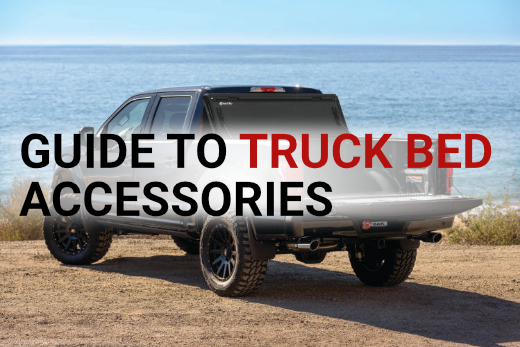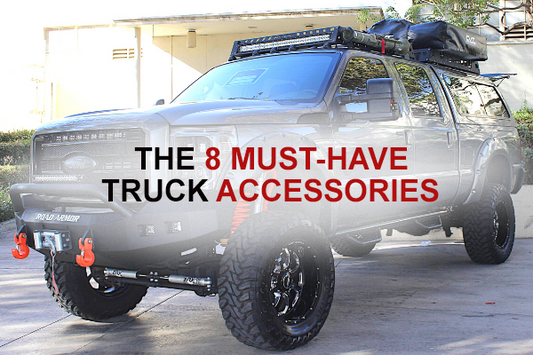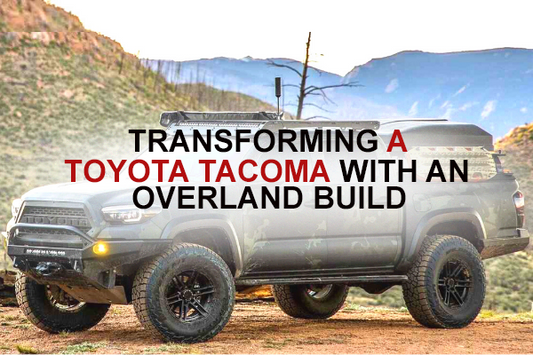With so many options available, it’s easy to take Custom Off-road Bumpers for granted. The journey that a bumper takes from just parts sitting in a factory to a finished product is a process that involves skill, dedication, and hard work. But that’s what makes them worth having.
It’s important to take a step back and appreciate these pieces of equipment for the mechanical marvels that they are. To do that, let’s take a look at how these bad boys are built.
Every end must have a beginning. The plans for Ford Raptor Bumpers don’t just magically appear at the start of a production line. It takes countless hours and innovation to create the bumpers we see today.
These products are made with a specific purpose in mind. Every part is meticulously designed to fulfill that purpose without sacrificing the quality or appearance of the Bumper.To that end, engineers draft, improve, and finalize the design before starting the actual production. That way, they can ensure that both form and function will come together when the bumper is finished.
Cutting–Preparing the Pieces

With a proper design prepared for production, the next step is applying that design to the desired material.
These days, most Aftermarket Bumpers are constructed using pressed sheets of steel and steel pipes. They’re cut into varying sizes and placement ensure that the bumper achieves the intended shape. These differ from model to model as well as when creating a Front Bumper versus a Rear Bumper.
Having the metal cut to the right size and then formed allows for a smooth transition into the next step.
Welding – Putting Together the Puzzle

When you’re looking for something like a Chevy Truck Bumper, you don’t want it to be built poorly. It just wouldn’t make sense to buy something that might fall apart months down the road.
Welding ensures that the individual pieces of the bumper truly come together as one.
As with all metals, heat is key. Skilled welders utilize the proper equipment and bind the sheets and other parts together to form the structure of the bumper.
Buffing – The Devil’s In the Details

The welding process can cause imperfections on the surface of the assembled bumper. Defects detract from not just the look of the bumper but also their safety so they must be removed. To do that, grinding wheels are used to remove these imperfections and create a smooth and uniform surface.
In addition to the buffing out imperfections, Truck Bumpers are individually run through tanks designed to get rid of any debris or residue from previous processes. The liquid in the tanks draws off any loose materials that could cause issues in the following stages.
Powder Coating – Adding Style and Protection
The last step when creating an Aftermarket Bumper is giving it a layer color that doubles as added protection to its surface. Compared to other options, powder coating is the ideal method to achieve this.
As mentioned in the previous step, the bumper must be thoroughly cleaned to ensure that anything that isn’t part of the bumper stays off before the powder is applied. Once cleaned, the surfaces are sprayed with colored powder that is electrically charged. This causes the powder to cling to the metal surface so that every inch is covered evenly with no spot left exposed.

The parts are then transferred to an oven to cure the powder coat onto the metal. Once the process is finished, the bumper will have a protective layer that is entirely smooth and very durable. A Fab Fours Bumper, for instance, goes through a rigorous powder coating treatment to ensure that you receive the best guarantee against chipping, flaking, and corrosion.
Options – The Finishing Touches
Several parts of the bumper are not actually added until it nears its final stages. These are components that make a bumper more than just something to take a hit.
Optional parts add features and functionality to the bumper. These include trailer hitches, mounting and reinforcement brackets, Fog Lamps, and license plate holders, and more. For example, Ranch Hand Front Bumpers are known for boasting several options any off-road lover would appreciate wholeheartedly.
Inspection – Making Sure Everything’s Done Right
Before a bumper can be sold or used, it has to live up to the strictest standards in terms of safety and quality. Could you imagine if Toyota Off-road Bumpers were sent out straight from the assembly without any form of inspection? That wouldn’t just be unsafe, it’s also unethical from a business standpoint.
Manufacturers take great care in making sure their bumpers will do their duty. While an event such as a collision is something no one wishes to be a part of, it’s always a possibility. After passing the manufacturer’s thorough inspections, each bumper is sure to do the job it was made for – to keep you and your vehicle safe.
As you can see, these bumpers go through a sophisticated process before they can be part of your truck. Here at BumperOnly we only carry bumpers made by the Best Manufacturers. Let us get your truck hooked up with its next upgrade so that your ride is off-road ready and catching eyes every time you drive by.







